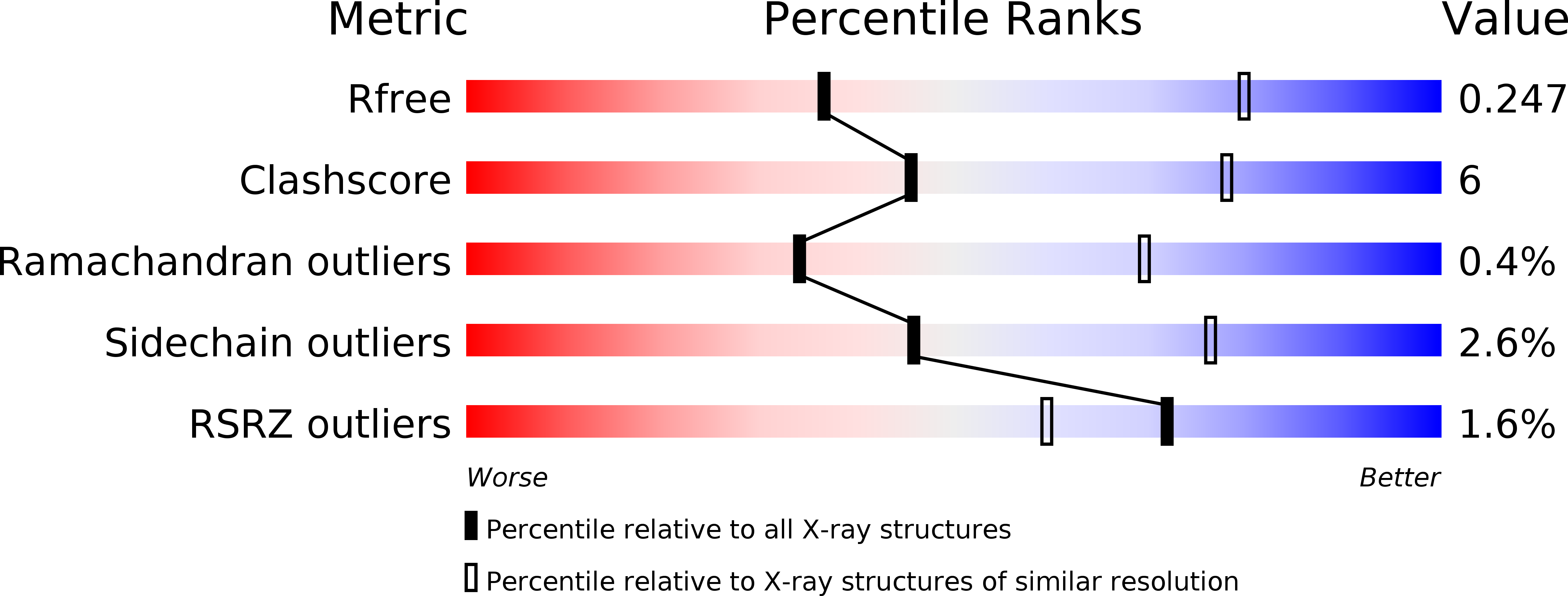
Deposition Date
2020-04-10
Release Date
2020-04-22
Last Version Date
2023-11-29
Entry Detail
PDB ID:
7BVB
Keywords:
Title:
Crystal structure of UDP-N-acetylmuramic Acid L-alanine ligase (MurC) from Mycobacterium bovis in complex with UDP-N-acetylglucosamine
Biological Source:
Source Organism:
Host Organism:
Method Details:
Experimental Method:
Resolution:
3.19 Å
R-Value Free:
0.24
R-Value Work:
0.19
R-Value Observed:
0.19
Space Group:
P 1 21 1


